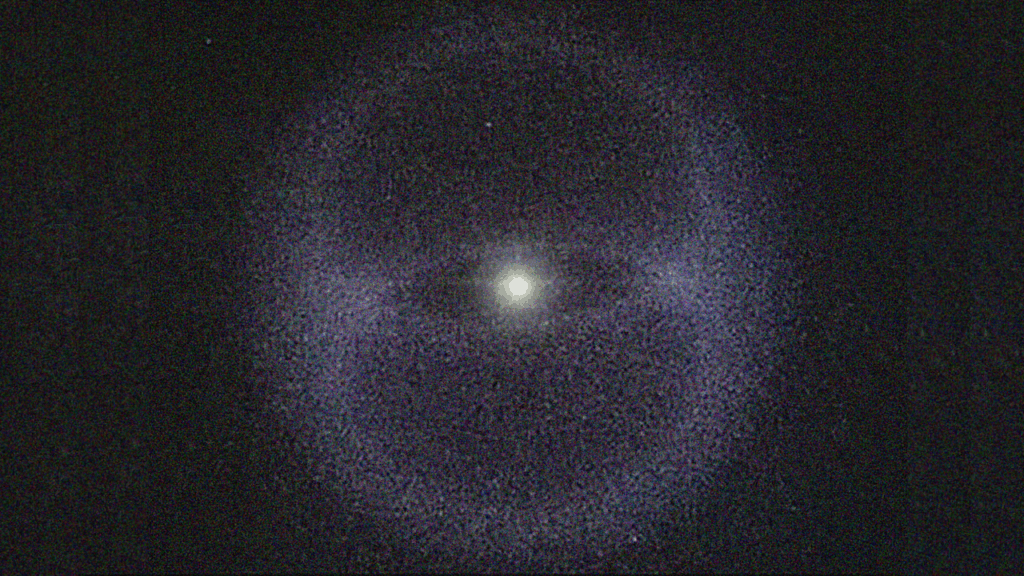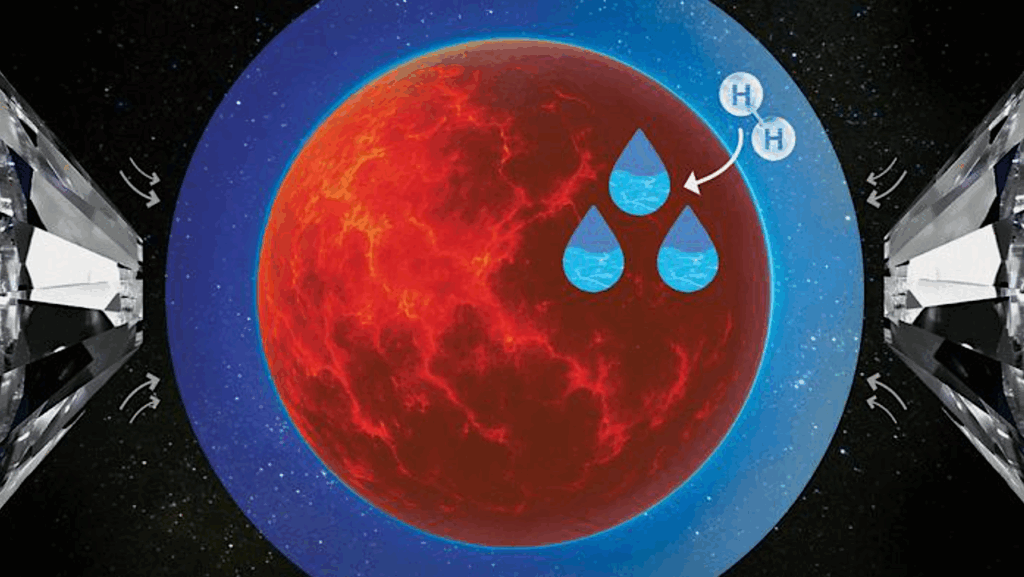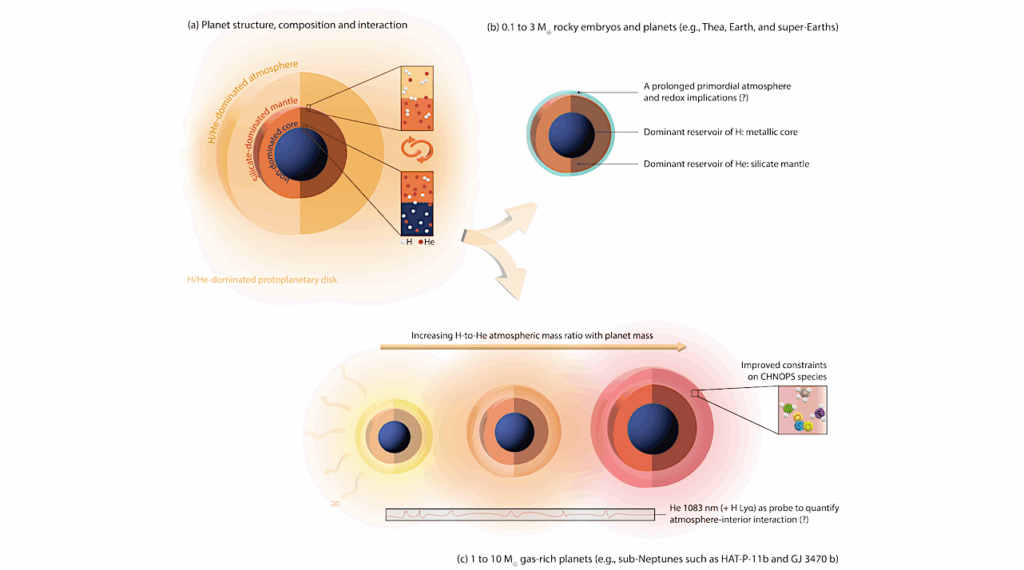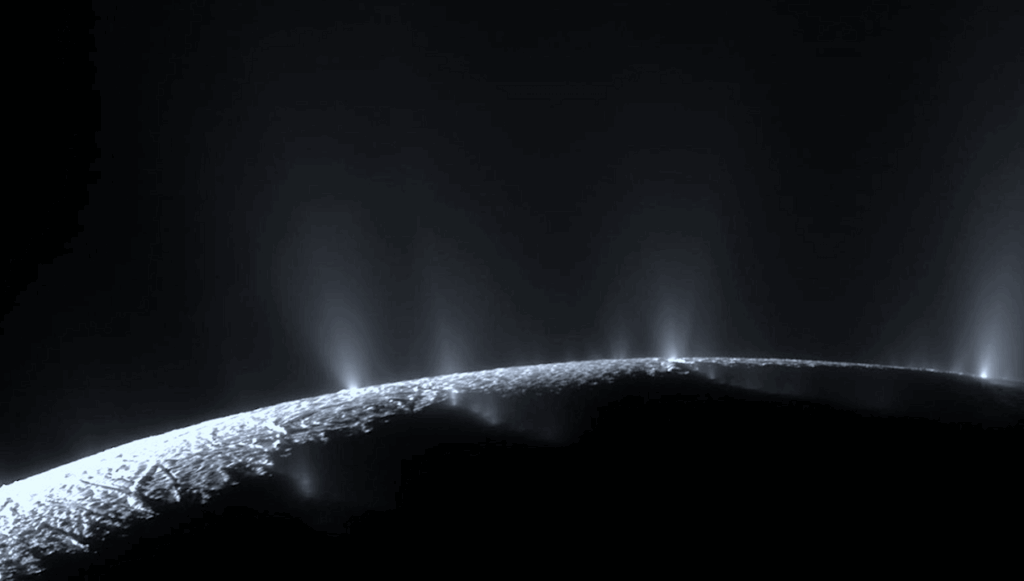Water In Star-forming Regions (WISH): Physics and Chemistry From Clouds to Disks as Probed by Herschel Spectroscopy

Data and results from the WISH key program are summarized, designed to provide a legacy data set to address its physics and chemistry.
WISH targeted ~80 sources along the two axes of luminosity and evolutionary stage: from low- to high-mass protostars and from pre-stellar cores to protoplanetary disks.
Lines of H2O, HDO, OH, CO and [O I] were observed with the HIFI and PACS instruments, complemented by molecules that probe UV, X-ray or grain chemistry. Most of the far-infrared water emission from protostars is found to be compact, originating from warm outflowing and shocked gas at high density and temperature in at least two physical components. This gas is not probed by low-J CO lines, only by J>14. Water is a significant, but not dominant, coolant. Its abundance is universally low, of order H2O/H2=2E-6, pointing to shock and outflow cavity models that include UV radiation at 100-1000 times the ISRF.
In cold quiescent pre-stellar cores and envelopes, the water abundance structure is accurately probed through velocity-resolved line profiles, confirming basic chemistry networks. The gaseous HDO/H2O ratio of 0.025, much higher than that of bulk ice, is representative of the outer photodesorbed ice layers and cold chemistry. Water abundances in the inner hot cores are high, but with variations from 5E-6 to 2E-4. Combined analyses of water gas and ice show that up to 50% of the oxygen budget may be missing, with possible explanations discussed.
Water vapor emission from disks is weak, indicating that water ice is locked up in larger pebbles early on and that these pebbles have settled and drifted inward by the Class II stage. Quantitatively, many oceans of water ice are available. Extragalactic low-J H2O emission is mostly compact and collisionally excited. Prospects for future mid- to far-infrared missions are given.
E.F. van Dishoeck (Leiden), L.E. Kristensen (Copenhagen), the WISH team (50 co-authors)
(abridged)
Comments: 58 pages, 39 figures, accepted for publication in A&A
Subjects: Astrophysics of Galaxies (astro-ph.GA); Earth and Planetary Astrophysics (astro-ph.EP)
Cite as: arXiv:2102.02225 [astro-ph.GA] (or arXiv:2102.02225v1 [astro-ph.GA] for this version)
Submission history
From: Ewine F. van Dishoeck
[v1] Wed, 3 Feb 2021 19:00:08 UTC (9,904 KB)
https://arxiv.org/abs/2102.02225
Astrobiology, Astrochemistry








